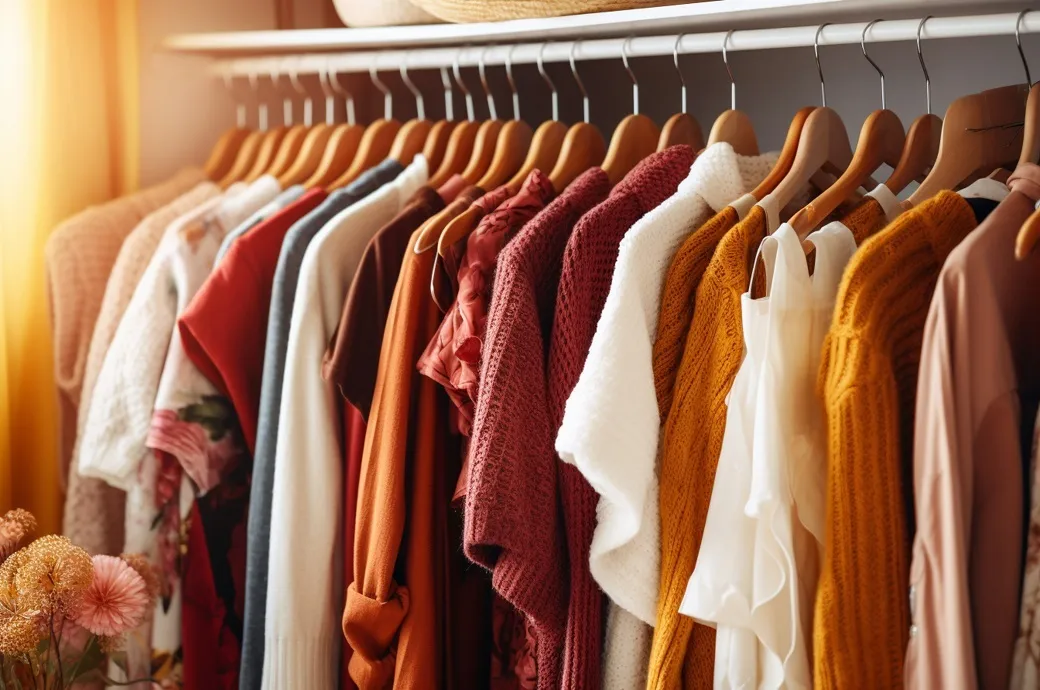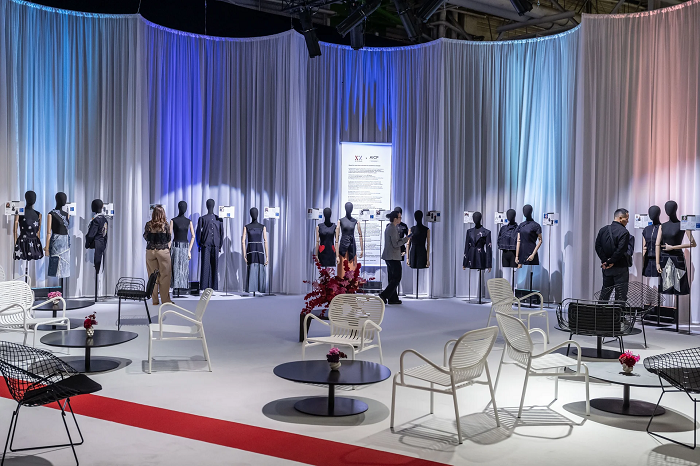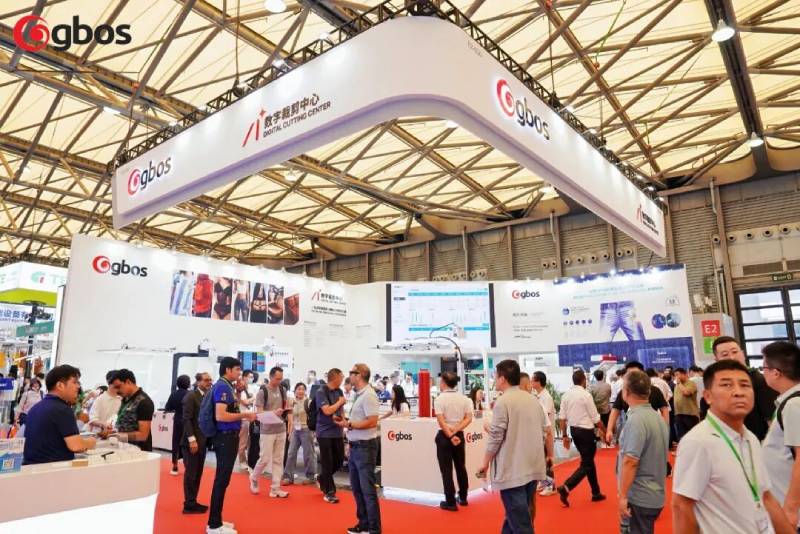According to Bureau of Economic Analysis (BEA) figures, real personal consumption expenditures (PCE) for clothing and footwear declined to $2.62 billion in September, to $402.94 billion—a 0.6 per cent drop from August. Overall real PCE, which includes adjustment for inflation, rose by 0.3 percent in September, reflecting an increase of $33.5 billion in spending for goods and a $3.5 billion increase in spending for services. Within goods, motor vehicles and parts was the leading contributor to the increase, with strong contribution from recreational goods and vehicles.
Clothing and accessories stores, along with general merchandisers, posted small sales gains in September compared to the previous month, with weather and politics blamed for the stymied growth, the U.S. Census Bureau’s Monthly Retail Trade report showed earlier this month.
The BEA report showed personal income increased by $35.7 billion, or 0.2 percent, in September, while disposable personal income (DPI), an important barometer for retail spending, rose by $29.1 billion, or 0.2 percent. Real DPI increased 0.1 percent in September.
The PCE price index increased 0.1 per cent in the month, as the core index, which excludes the volatile food and energy sectors, was up 0.2 percent. BEA noted the increase in personal income in September primarily reflected increases in wages and salaries, government social benefits and rental income partially offset by a decrease in proprietors’ income. Personal outlays increased by $57.9 billion in September, while personal saving was $975.7 billion. The personal saving rate—personal saving as a percentage of disposable personal income—was 6.2 percent.











